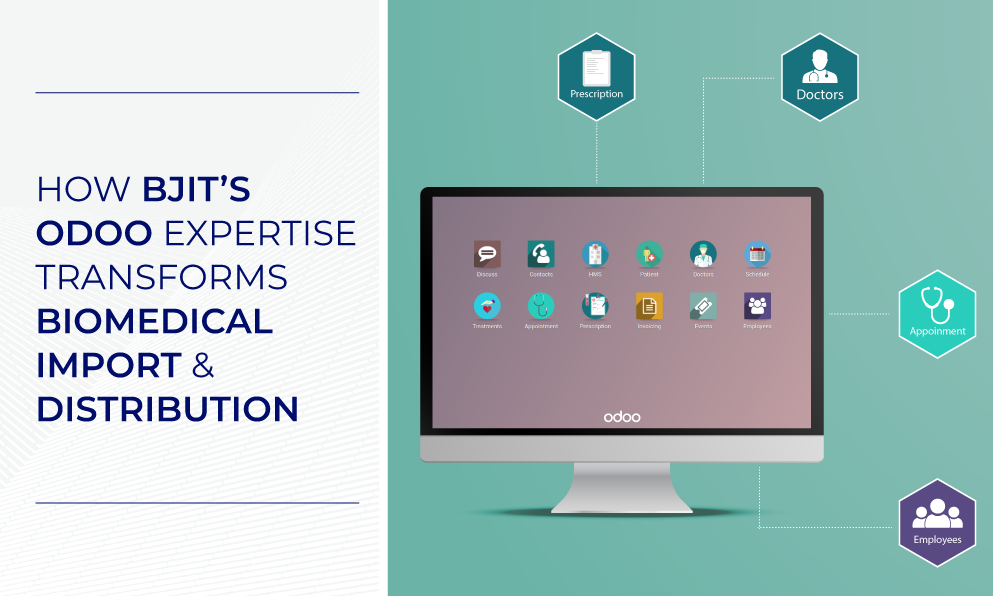Recruitment tools have become a game-changer in today’s competitive hiring landscape. With so many available options, it’s essential to choose tools that align with your company’s needs, enhance efficiency, and provide the best candidate experience. Selecting recruitment tools without careful evaluation can lead to missed opportunities, wasted time, and higher costs. This guide breaks down the factors to consider when selecting recruitment tools so you can streamline your hiring process and make informed decisions.
Why Recruitment Tools Matter in 2024
The talent market is more competitive than ever in 2024. Recruitment tools help businesses attract, assess, and onboard the best candidates efficiently. But with numerous options on the market, it’s critical to understand the factors that go into selecting the right tools to meet hiring goals.
Factors to Consider When Selecting Recruitment Tools
1. Cost and Budget Alignment
One of the most critical factors to consider when selecting recruitment tools is the cost. Recruitment tools can range from free options to high-end software that comes with a hefty price tag. When choosing a recruitment tool, consider your hiring budget and ensure that the costs align with your financial resources. Look for tools that provide the most value for their price.
- Compare costs of various recruitment platforms.
- Evaluate whether there are any hidden costs like onboarding fees or additional support charges.
- Opt for scalable pricing models that grow with your business.
2. Ease of Use and Implementation
The recruitment tool you choose should be user-friendly for both recruiters and candidates. Complex systems with steep learning curves can slow down your hiring process. Instead, focus on tools that are easy to implement and integrate seamlessly with your existing systems. User-friendly platforms enhance recruiter efficiency and improve the candidate experience.
- Look for tools with intuitive interfaces.
- Ensure the tool integrates with your current HR systems and software.
- Seek platforms that offer tutorials and responsive customer support for easy onboarding.
3. Automation and Artificial Intelligence (AI) Features
In 2024, automation and AI are crucial components of effective recruitment tools. These technologies help to streamline tasks such as candidate screening, scheduling interviews, and analyzing job fit. Selecting recruitment tools that offer advanced automation can drastically reduce time-to-hire and improve accuracy in matching candidates to roles.
- Ensure the tool offers resume parsing and automatic candidate ranking features.
- Look for AI-driven tools that can assess candidate skills and predict performance.
- Automation tools should handle repetitive tasks, leaving recruiters more time for meaningful interactions with candidates.
4. Customization and Flexibility
No two businesses are alike, which means your recruitment tool should be adaptable to your specific needs. Tools that allow customization of job postings, application forms, and assessment processes will provide better results. Flexibility also matters as your recruitment needs evolve, so choose tools that can scale with your business.
- Ensure the tool allows for role-specific customization.
- Opt for platforms that can be tailored to your recruitment processes.
- Verify whether the tool is flexible enough to adapt to future hiring demands.
5. Integration with Other HR Systems
Most companies already use HR software for payroll, benefits management, and employee data. Selecting recruitment tools that integrate seamlessly with existing systems is essential to avoid duplicating data and reduce manual input. Tools that sync with Applicant Tracking Systems (ATS), HRIS, or performance management tools can enhance workflow efficiency.
- Confirm the recruitment tool integrates with your existing HR systems.
- Consider API capabilities for more complex system integrations.
- Integration should streamline processes, not create more work.
6. Candidate Experience and Employer Branding
The recruitment tools you select play a critical role in shaping your employer brand and candidate experience. A slow, inefficient tool can create a negative impression of your company, potentially deterring top talent. Prioritize tools that enhance the candidate experience by providing clear communication, fast responses, and easy-to-navigate application processes.
- Look for tools that offer branded career pages.
- Ensure candidates can apply easily through multiple devices.
- Automated follow-ups and status updates are key to keeping candidates engaged.
Leverage Xamify for Efficient Recruitment
One of the best recruitment tools available in 2024 is Xamify, an advanced online assessment platform designed to help companies streamline their hiring process. Xamify enables employers to assess candidates with precision through tailored online assessments, cutting down the time it takes to identify top talent. This platform is built to integrate seamlessly with various recruitment and HR systems, offering a complete solution for evaluating candidate skills, cultural fit, and role compatibility.
Key Features of Xamify:
- Customizable Online Assessments: Easily create tests that measure job-specific skills, cognitive abilities, and personality traits.
- Automated Candidate Scoring: Xamify’s AI-driven scoring algorithms automatically rank candidates based on their performance, helping you make data-driven decisions faster.
- Seamless Integration: Xamify integrates with popular Applicant Tracking Systems (ATS) and other recruitment tools, ensuring a smooth hiring workflow.
- Enhanced Candidate Experience: With mobile-friendly assessments and clear feedback, Xamify ensures that candidates have a positive experience throughout the process.
By using Xamify in your recruitment strategy, you can significantly reduce the time spent on manual assessments, increase accuracy in candidate evaluations, and create a more engaging process for applicants. Learn more about how Xamify can revolutionize your recruitment strategy today.
Importance of Data Analytics in Recruitment Tools
Recruitment is becoming increasingly data-driven, and having access to robust analytics can improve decision-making. When selecting recruitment tools, make sure they provide insightful data on candidate sources, hiring trends, and recruitment funnel performance.
- Choose tools with real-time data reporting.
- Analyze data to track cost-per-hire, time-to-hire, and quality of hire.
- Use insights to refine your recruitment strategy and make informed hiring decisions.
FAQs about Selecting Recruitment Tools
Q1. What are the most important factors to consider when selecting recruitment tools?
When selecting recruitment tools, focus on cost, ease of use, integration with other HR systems, automation features, and the ability to improve the candidate experience. These factors ensure that the tool will align with your company’s needs and enhance the hiring process.
Q2. How do recruitment tools improve hiring efficiency?
Recruitment tools improve hiring efficiency by automating tasks like candidate screening, resume parsing, interview scheduling, and communication. AI-driven tools can also help predict candidate success, enabling faster and more accurate hiring decisions.
Q3. Can recruitment tools be customized for different hiring needs?
Yes, many recruitment tools offer customization options. You can tailor job postings, application forms, and assessment methods to meet the specific needs of various roles. This flexibility ensures that the tool aligns with your unique hiring requirements.
Q4. How do recruitment tools enhance the candidate experience?
Recruitment tools improve the candidate experience by offering streamlined applications, mobile-friendly platforms, and automated follow-ups. Tools with easy navigation and clear communication keep candidates engaged throughout the hiring process.
Q5. What role does data analytics play in recruitment tools?
Data analytics in recruitment tools allows companies to track important metrics like cost-per-hire, time-to-hire, and quality of hire. These insights can improve recruitment strategies, enhance decision-making, and optimize hiring outcomes.
Conclusion
When it comes to selecting recruitment tools, businesses need to consider a range of factors, from cost and ease of use to integration capabilities and candidate experience. By keeping these critical elements in mind, you can choose the right tools to streamline your recruitment process, improve hiring outcomes, and enhance the overall experience for both recruiters and candidates. As technology continues to evolve, the right recruitment tools will help you stay competitive in the ever-changing talent market.











